What Does A Mangosteen Taste Like

Imagine peeling back a deep purple rind, its smooth surface hinting at the treasure within. A cluster of snowy white segments awaits, glistening like tiny jewels. A gentle aroma, a blend of floral sweetness and tangy zest, wafts up, promising an experience unlike any other. This is the allure of the mangosteen, a fruit often hailed as the "Queen of Fruits," and the question on everyone's lips is: what does it actually taste like?
The mangosteen's flavor is a complex tapestry of sweet, sour, and tangy notes, often described as a combination of strawberry, peach, vanilla ice cream, and citrus, with a texture as delicate as melted butter. Its unique and captivating taste is what sets it apart and contributes to its legendary status. It's not just a fruit; it's an experience, a journey for the palate that explains why it is one of the most sought-after fruits in the world.
A Royal History
The mangosteen (Garcinia mangostana) originates from Southeast Asia, with its roots deeply embedded in the tropical rainforests of Indonesia and Malaysia. For centuries, it has been revered in these regions, not only for its exquisite flavor but also for its purported medicinal properties.
Historical accounts suggest that Queen Victoria of England was so enamored with the mangosteen that she offered a reward to anyone who could bring her fresh fruit. This legend, though perhaps embellished over time, underscores the fruit's exotic appeal and its association with royalty.
Cultivation and Availability
Cultivating mangosteens is a labor of love, requiring specific tropical conditions and a patient hand. The trees are notoriously slow-growing, often taking 8-10 years to bear their first fruit, contributing to their relatively high price and limited availability outside of Southeast Asia.
While traditionally difficult to find in Western markets, advancements in transportation and storage have gradually made mangosteens more accessible. Frozen or canned versions are also available, although these often lack the vibrant flavor and delicate texture of the fresh fruit.
Unpacking the Flavor Profile
Describing the taste of a mangosteen is like trying to capture a fleeting dream. It's a symphony of flavors that dance on the tongue, evolving with each bite. The initial sweetness is reminiscent of a ripe strawberry or peach, followed by a subtle tartness that adds a refreshing zing.
Some detect hints of vanilla ice cream, adding a creamy smoothness to the overall experience. Others perceive a citrusy tang, similar to a mandarin orange, which brightens the flavor profile and prevents it from becoming overly sweet.
The texture is equally important to the mangosteen's appeal. The segments are incredibly tender, melting in the mouth with a silky, almost buttery consistency. This delicate texture enhances the flavors, making each bite a truly sensory experience.
"The mangosteen... is something you have to taste to understand," says Dr. Emily Carter, a food scientist specializing in tropical fruits. "No description can truly capture its unique flavor profile. It's a combination of sweet, sour, and tangy, with a texture that's unlike anything else."
Beyond the Taste: Nutritional Benefits
Beyond its delightful taste, the mangosteen is also a source of beneficial nutrients. The fruit is rich in vitamins and minerals, including vitamin C, vitamin B9 (folate), and manganese.
It also contains xanthones, a unique class of plant compounds with antioxidant and anti-inflammatory properties. While research on the health benefits of xanthones is ongoing, preliminary studies suggest they may play a role in supporting immune function and protecting against cellular damage.
It's important to note that while the mangosteen offers nutritional benefits, it should be consumed as part of a balanced diet. More research is needed to fully understand the extent of its health-promoting properties. The National Institutes of Health provides further information on ongoing research into the benefits of tropical fruits and the compounds they contain.
Tips for Enjoying a Mangosteen
Selecting a ripe mangosteen is crucial to ensuring the best possible flavor. Look for fruits with a deep purple, almost black rind that is slightly soft to the touch. Avoid fruits with hard or cracked rinds, as these may be overripe or damaged.
To open a mangosteen, gently score the rind around the middle with a serrated knife, being careful not to cut too deeply into the fruit segments. Twist the top half of the rind to remove it, revealing the juicy white segments inside.
The segments can be eaten fresh, either on their own or added to fruit salads, smoothies, or desserts. Some segments may contain small seeds, which are edible but can be slightly bitter.
Serving Suggestions
While enjoying a mangosteen fresh is the most common way to savor its flavor, there are other creative ways to incorporate it into culinary creations. It can be blended into smoothies, adding a touch of exotic sweetness and a boost of nutrients.
Mangosteen puree can also be used to make refreshing sorbets or ice creams, offering a unique and flavorful alternative to traditional frozen desserts. In Southeast Asia, mangosteen is sometimes used in savory dishes, adding a touch of sweetness and acidity to curries and salads.
A Lasting Impression
The allure of the mangosteen lies not only in its exquisite flavor but also in its mystique and exclusivity. It's a fruit that has captivated palates for centuries, earning its place as a culinary treasure.
While words can only partially capture the experience of tasting a mangosteen, the blend of sweet, sour, and tangy notes, combined with its delicate texture, leaves a lasting impression. It's a flavor that lingers on the palate, evoking images of tropical landscapes and the promise of culinary adventure.
Ultimately, the best way to understand what a mangosteen tastes like is to try one for yourself. Seek it out, savor each bite, and allow yourself to be transported to a world of flavor unlike any other. The mangosteen isn't just a fruit; it's a reminder that some of life's greatest pleasures are worth the effort to discover.





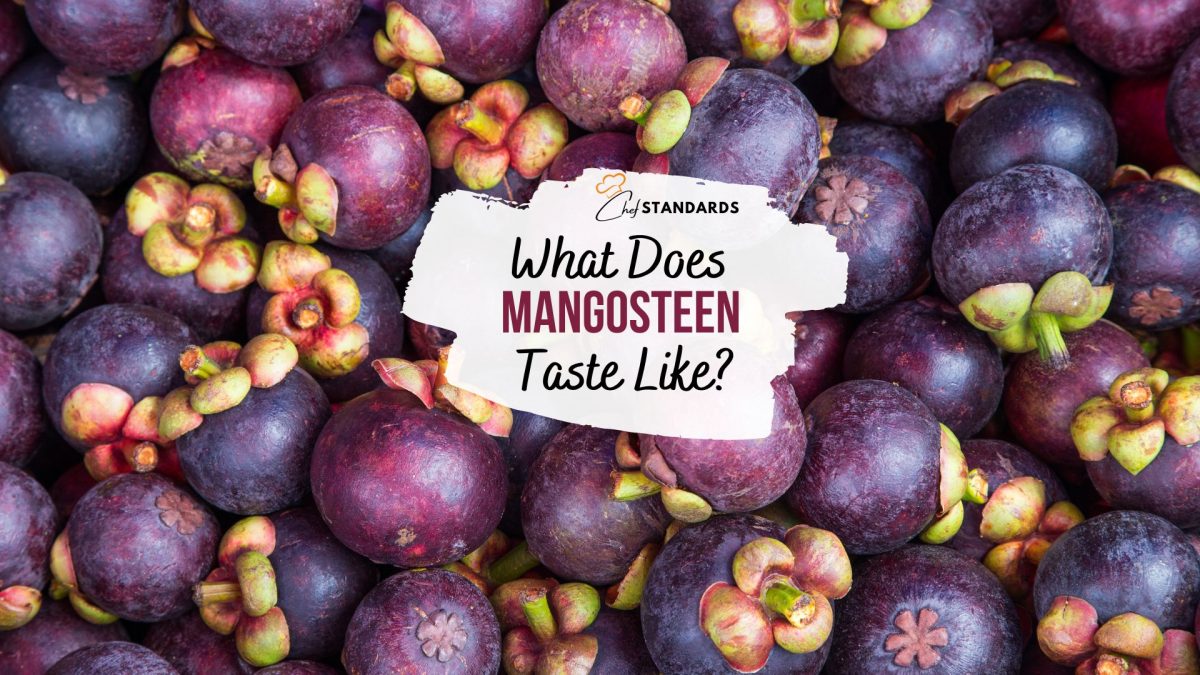


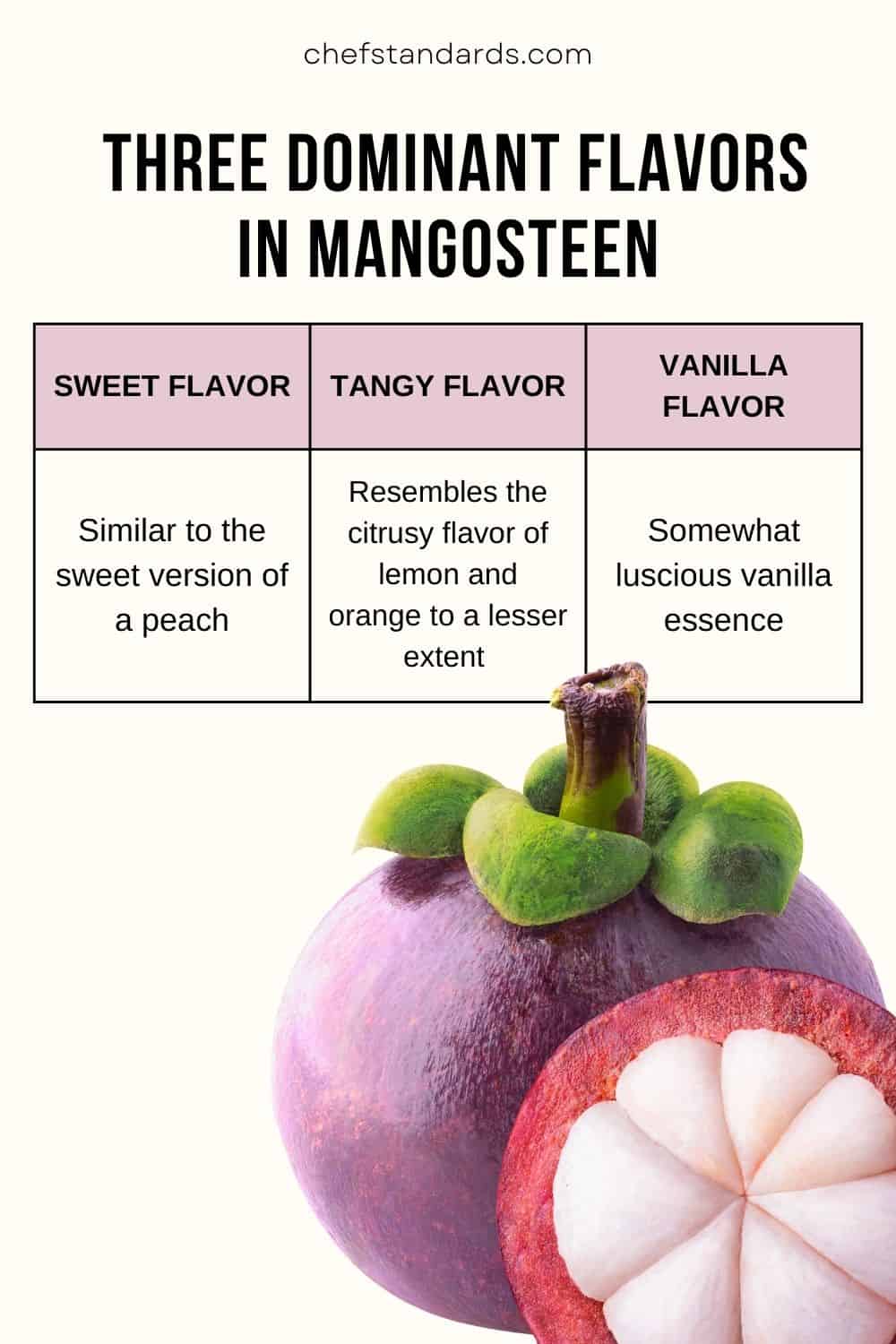


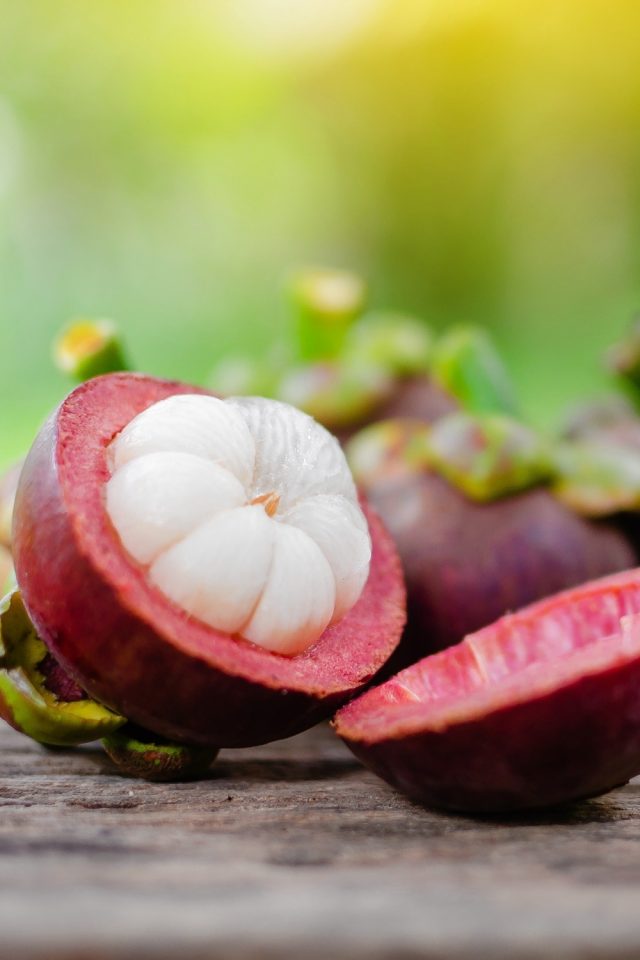

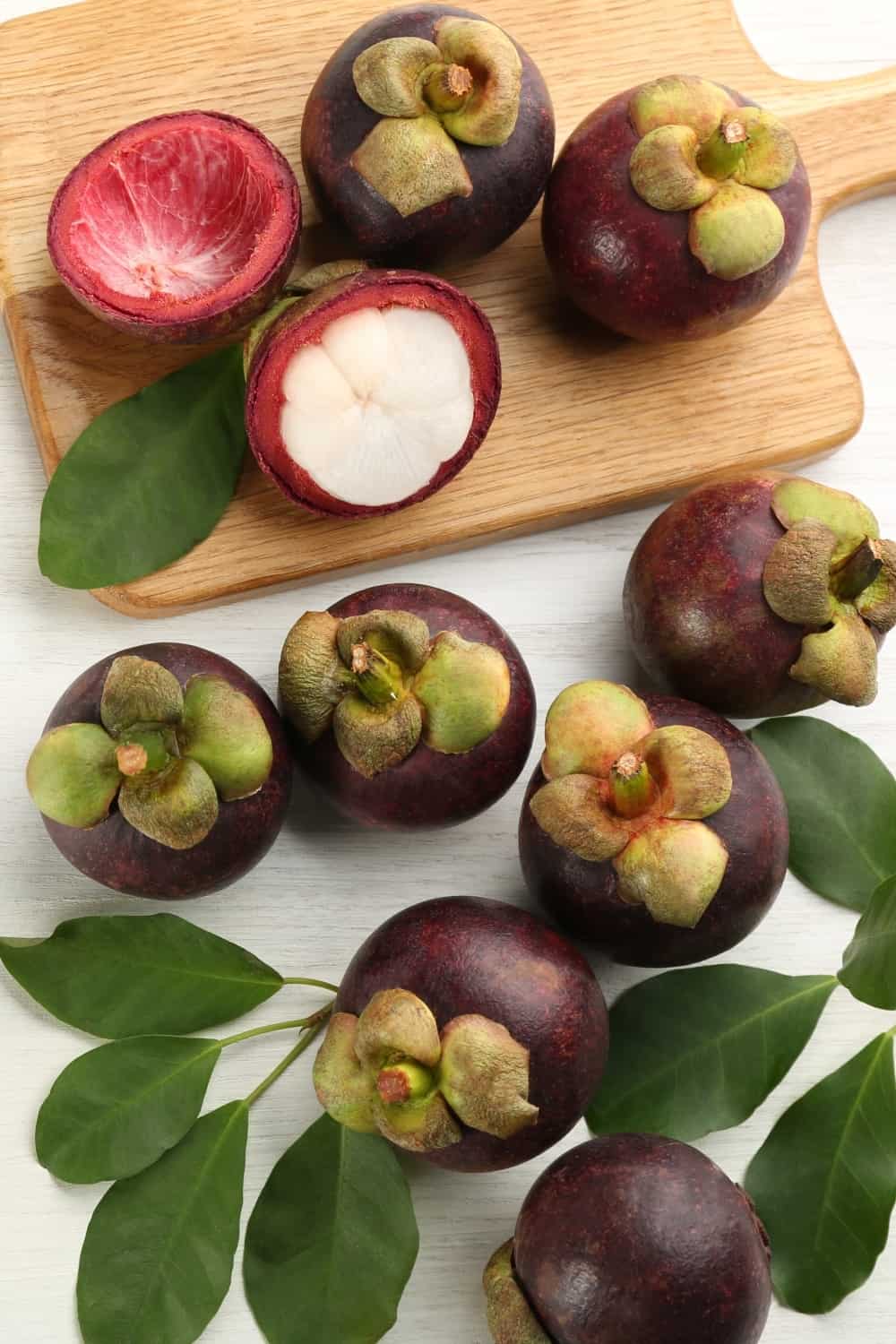
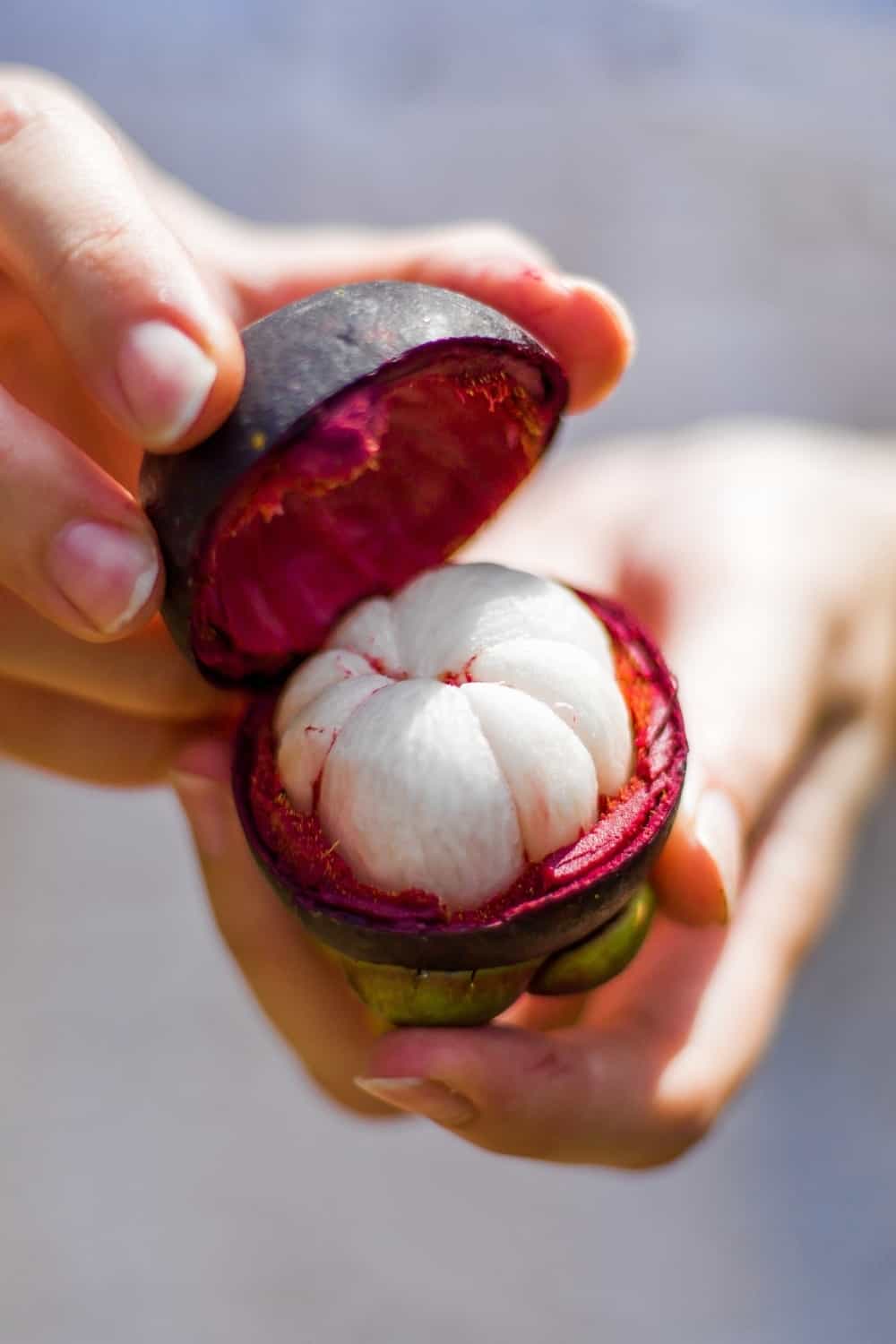
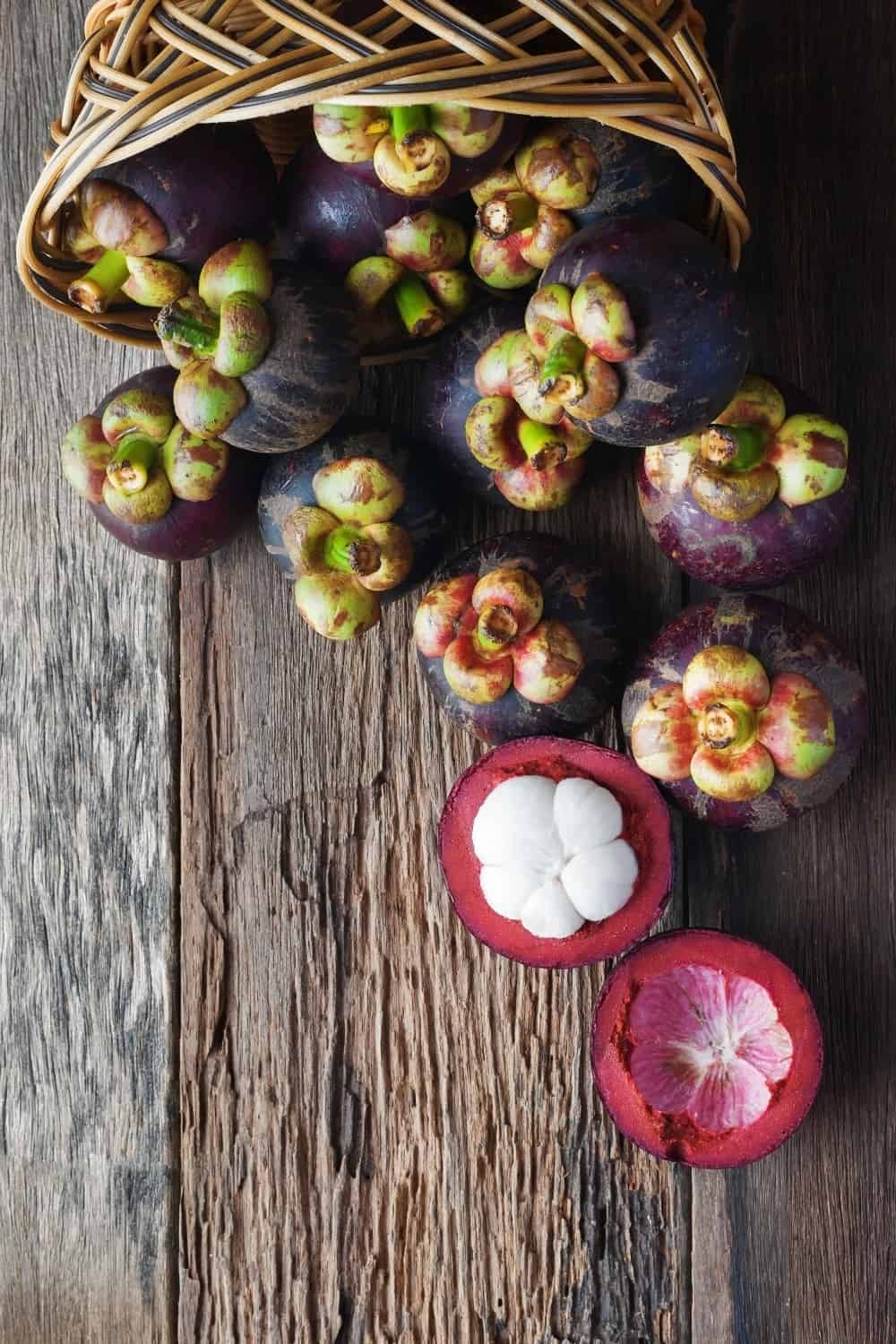
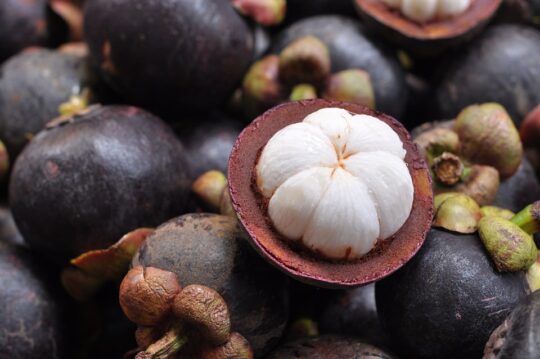
![What Does A Mangosteen Taste Like Tropical Wonder: What Does Mangosteen Taste Like? [2025]](https://ca8534d4.delivery.rocketcdn.me/wp-content/uploads/2021/06/what-does-a-mangosteen-taste-like.jpg.webp)
